Cable of dreams
"If you can take a cable car to the Colosseum, you are in Vietnam", the title of an article published in The New York Times on October 25 attracted readers from all over the world to follow the journey of exploring the cable car system in Vietnam by the author - also the experiencer - Patrick Scott. As soon as it was published, the article ranked first in the Travel section and appeared on the homepage of the leading American daily newspaper.
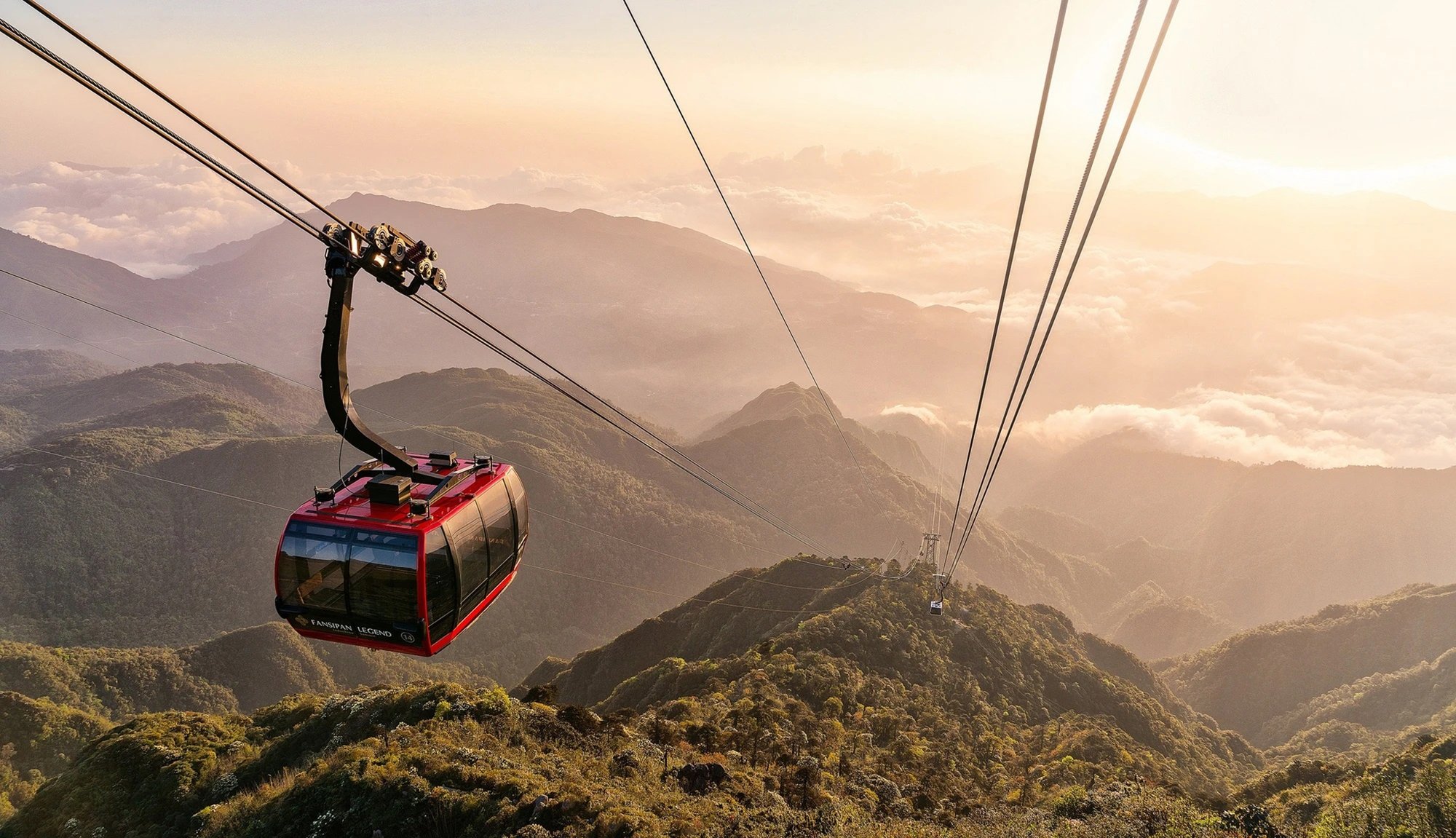
Millions of dreams of "conquering" the sacred peak of Fansipan - the Roof of Indochina came true after the birth of the cable car line.
"We were sitting in the cable car box, part of the world's longest passenger cable car system, hovering about 50 stories above the turquoise sea just off the coast of Phu Quoc Island in southern Vietnam. On a bright March afternoon, hundreds of colorful wooden fishing boats on the crystal clear water drifted below…", Patrick Scott described his experience of the Hon Thom cable car in Phu Quoc. Continuing to experience the cable car route to the top of Ba Na and sitting on the Fansipan cable car, this writer affirmed that these were wonderful experiences and that tourists choosing to travel by cable car is currently a trend in Vietnam - a country in the middle of the cable car development period.
Reading Patrick Scott's description, Thuy Diem (a freelance tour guide from Binh Dinh) remembers that in 2018, when Phu Quoc opened the longest Hon Thom cable car in the world, Diem's youngest sister, who was in 7th grade at the time, only wished that if she was an excellent student, her parents would take her to ride the Phu Quoc cable car. Her house was right next to the sea, and she was friends with the waves every day, but she had never once seen the sea from above.
"Last year, when I had enough money, I took the whole family to Phu Quoc to fulfill my sister's little dream. Happiness still filled her eyes. Not only that, on the journey to take tourists to many provinces and cities across the country, I witnessed many old men and women shedding tears while sitting in wheelchairs under the national flagpole after conquering Fansipan peak. Without the cable car, they would never have had such an opportunity in their entire lives. For me, the cable car is not only a great intellectual work but also a thread connecting dreams," Thuy Diem shared.
Indeed, more than a decade ago, the sacred Fansipan peak with its arduous, two-day and night trekking journey through the jungle was only for backpackers. In November 2013, when Sun Group Corporation started building a cable car to the top of Fansipan, the dream of conquering the Roof of Indochina of millions of tourists of all ages officially had the opportunity to come true.
With just 15 minutes of cable car travel, visitors will experience "unique" moments when crossing the thick, white sea of clouds and below is Muong Hoa valley, taking in the whole picturesque mountainous region, before reaching the clear sky at the highest mountain peak in Vietnam to touch the 3,143 m milestone. From there, admire the complex of 12 spiritual structures with the shape of ancient Vietnamese pagodas as beautiful as a paradise or hunt for clouds, watch snow at the Roof of Indochina...
Similarly, without the cable car, Ba Na Mountain - the former French resort - would not have had the opportunity to transform into Sun World Ba Na Hills - a European-style amusement park, with a French village, a Gothic church, fairy-tale castles and especially the Golden Bridge - a world media phenomenon.
Dramatic transformation of economy and tourism
The New York Times said that cable cars are significant for a developing country like Vietnam. The country's middle class cannot easily afford a trip to Rome (Italy) or Paris (France), but can easily buy cable car tickets, which cost from 600,000 to 1 million VND (25 - 45 USD), to European-inspired destinations such as Ba Na Hills or Phu Quoc. The leading US newspaper also pointed out the positive impacts of cable cars on local economies.
Specifically, Sa Pa only welcomed 65,000 tourists in 2010, before the highway from Hanoi was built in 2014 and the cable car was inaugurated in 2016, but by 2019, the number of tourists had skyrocketed to 3.3 million and reached 2.5 million last year in the recovery from the Covid-19 pandemic.
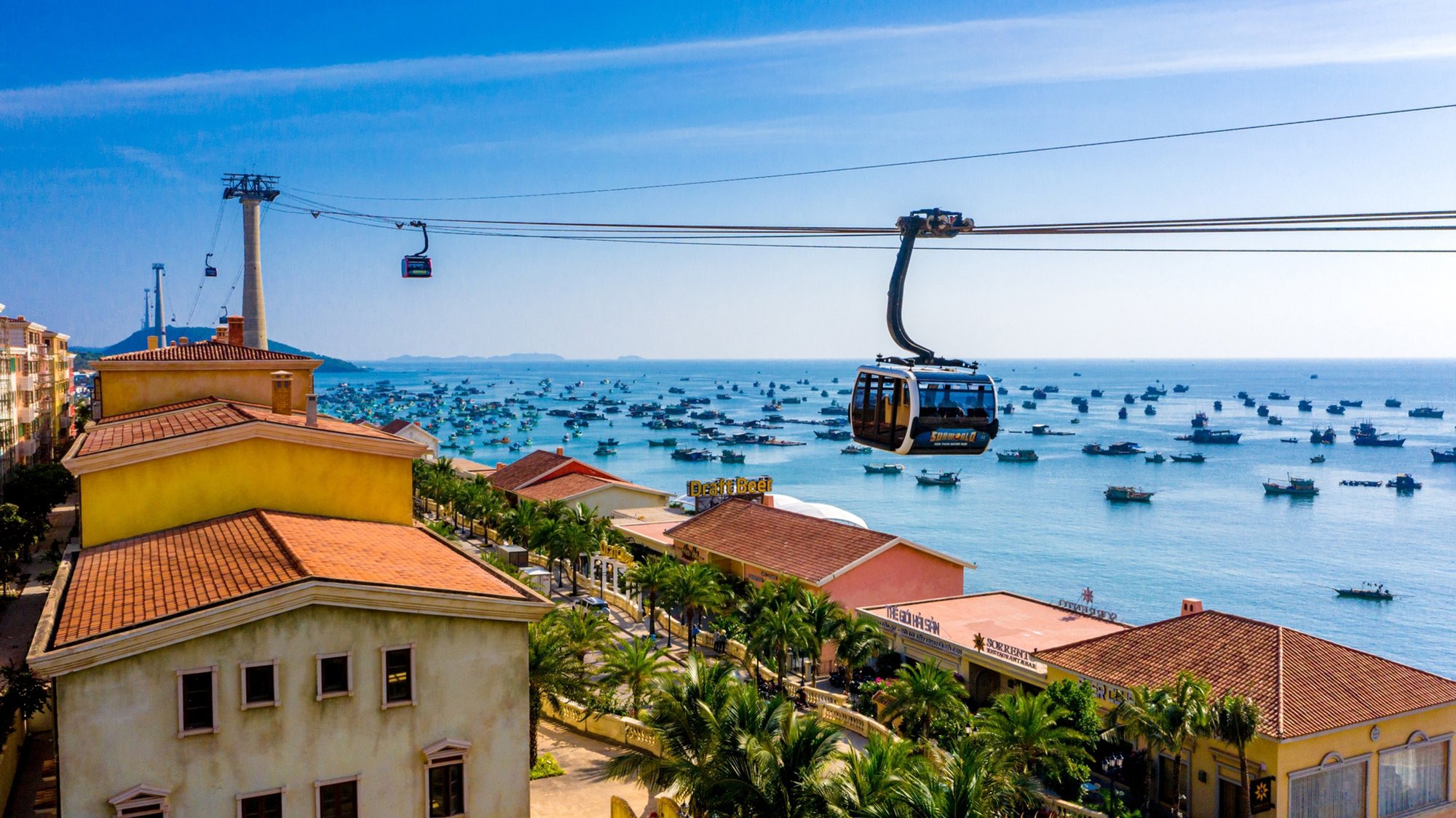
Hon Thom Cable Car
Steven Dale, founder of Gondola Project - a reputable website that tracks the speed of cable car development globally, said Vietnam is one of the most successful cable car development countries in Asia. According to data from cable car manufacturers, in the past two decades, about 26 cable car routes have been built at dozens of locations across Vietnam, showing the rapid development of facilities serving tourism needs. "Vietnam's terrain has many mountains, forests and islands, suitable for building cable cars. This is considered a "road" with faster construction time, cheaper and less environmental damage than roads," Steven Dale assessed.
Up to now, Vietnam's cable car system has won 9 Guinness World Records, but what makes international experts most impressed are the cable lines that cross the sea and the forest while strictly adhering to the concept of protecting the sea and the forest. The leader of Sun Group, the owner of Vietnam's century-old cable car projects, has repeatedly affirmed that the orientation of tourism development is to conquer beauty, but the first and last thing is to preserve nature. In order not to encroach on the Hoang Lien forest ecosystem as Sun Group's goal set, 35,000 tons of materials were manually transported through the forest, instead of cutting down trees to make way like other cable car projects that have been done in Europe.
Similarly, the Hon Thom cable car is 8 km long, crossing 4 islands, the most modern cable winch today is difficult to "handle", but Doppelmayr Garaventa not only faces the difficult problem of improving the winch but they also have to adhere to the principle of not affecting trees when stretching and pulling the cable across the sea. Moreover, local products such as jackfruit, coconut, mango... in Hon Thom are still preserved and planted to create a "fruit mountain" in real life.
The Ba Na cable car system was also cited by Associate Professor, Dr. Trinh Hoa Binh, Director of the Center for Social Opinion Investigation (Institute of Sociology), as an example to prove that bringing cable cars into natural heritage sites, if built based on meticulous calculations of the percentage of impact on nature and the environment, will be a very good means to develop tourism and the local economy: Ba Na cable car has brought Vietnam many world records but still does not change the climate and landscape in Ba Na.
According to him, if purely standing from the perspective of preserving natural heritage culture, it is clear that everyone wants to maintain the original, pristine, and prototype. However, from there, the story arises that if the original form of the heritage is maintained, the accessibility of the domestic community as well as foreign tourists is very limited. Because a very long and difficult travel distance will lead to health, logistics, and technical problems... Therefore, based on full calculation of factors such as low environmental destruction, not strongly changing the landscape, nature, applying modern technical factors... then building cable cars connecting to natural heritage sites is the right thing to do. These projects will further promote the ability to attract foreign tourists, introduce more widely to international friends the majestic landscapes of Vietnam, and at the same time, Vietnamese people will have the opportunity to access the heritage faster, more widely and have enough time to admire the beautiful scenery of the country.
Source link




![[Photo] Students of Binh Minh Primary School enjoy the full moon festival, receiving the joys of childhood](https://vphoto.vietnam.vn/thumb/1200x675/vietnam/resource/IMAGE/2025/10/3/8cf8abef22fe4471be400a818912cb85)
![[Photo] Prime Minister Pham Minh Chinh chairs meeting to deploy overcoming consequences of storm No. 10](https://vphoto.vietnam.vn/thumb/1200x675/vietnam/resource/IMAGE/2025/10/3/544f420dcc844463898fcbef46247d16)





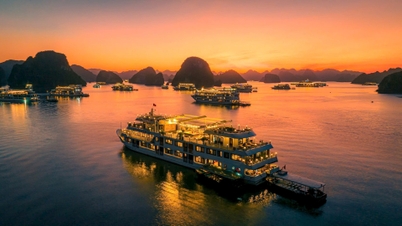


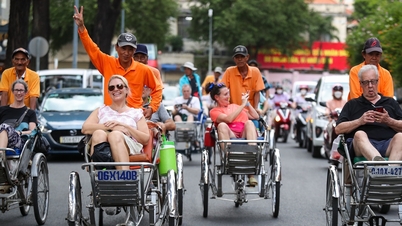
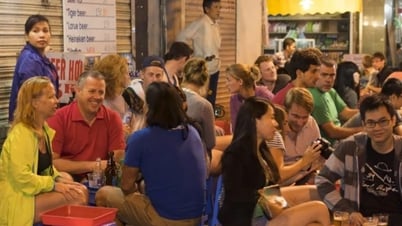
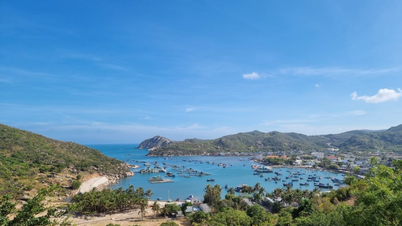

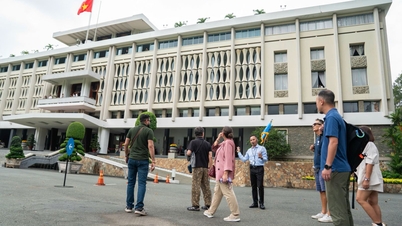

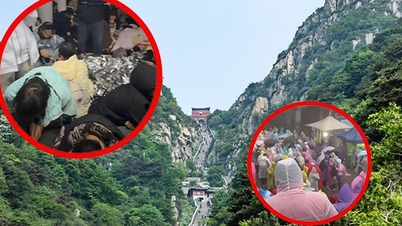

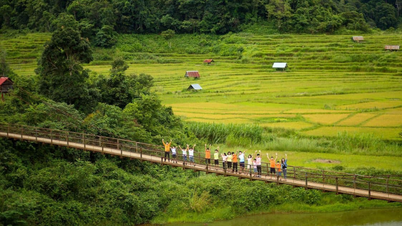
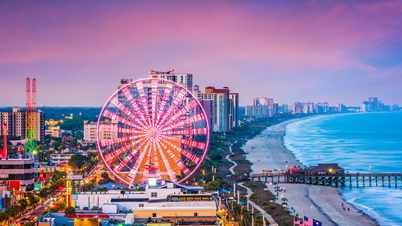








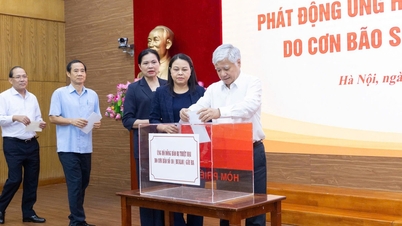
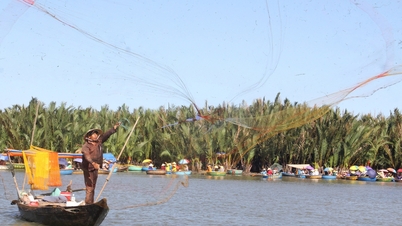




































































Comment (0)